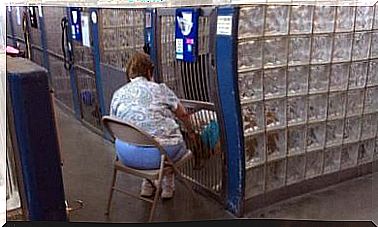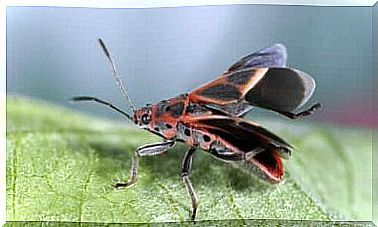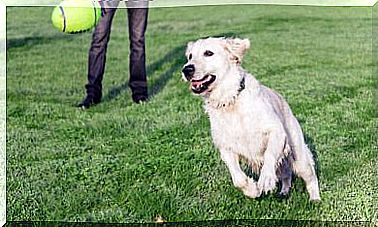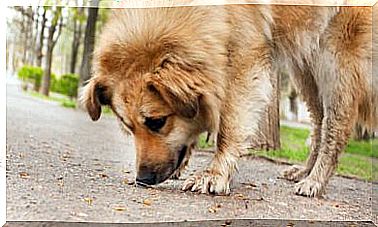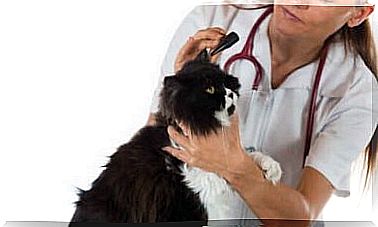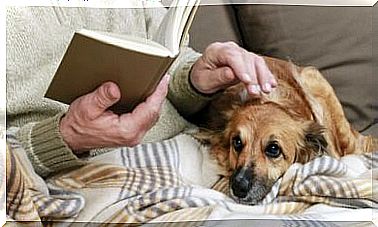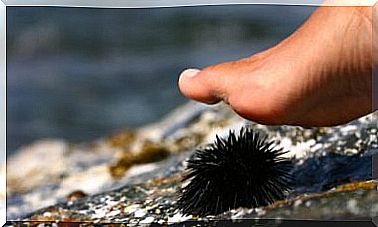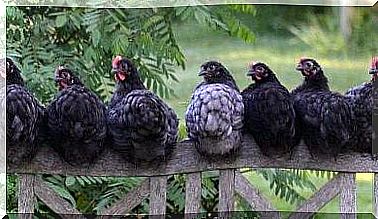Aggressive Behavior Of Dogs: Causes And Measures

The dog is considered to be man’s best friend. And that’s why he’s the pet that millions of people around the world love. But what do you do when your dog shows aggressive behavior? What causes can lead to it and how can you prevent it?
Aggressive behavior in dogs manifests itself in two different ways:
- Growling and / or barking.
- Bite.
It is estimated that 60% of dog bites are from dogs who have previously shown aggressive behavior such as growling or barking.
In certain cases, the dog’s aggressiveness increases over time. If you do not react in time, this behavior can develop into a danger for humans and dogs.
It is therefore very important that you react to the first signs of aggression in your dog . You should also understand the causes that lead to it and how you can improve your dog’s social behavior.
What can cause aggressive behavior in your dog?
There are many possible causes of aggressive behavior in dogs. But one thing is certain: no dog is naturally aggressive. A dog reacts aggressively to stimuli from the external environment. Usually out of fear of the unknown.
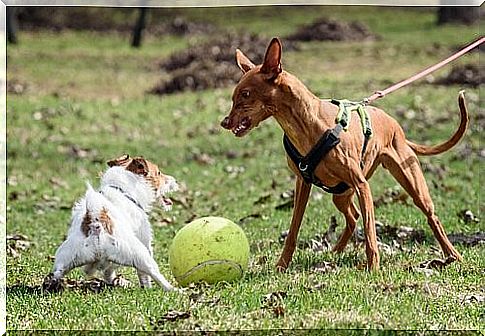
Before facing your dog’s aggressiveness, you need to understand what causes this behavior. The 3 main reasons for anti-social behavior are as follows:
1. Aggressive behavior due to race or ancestry?
There are numerous myths about this subject. The belief that a particular race is inherently more violent is just as wrong as the assumption that a race can never be aggressive. Every dog reacts differently to every situation it is exposed to.
However, it is true that some breeds and some lineages are more prone to aggressive behavior. But that doesn’t mean that all of these dogs are automatically aggressive. Their behavior is strongly influenced by their upbringing.
2. Upbringing
A simple example can help you understand. Breeds such as the Rottweiler and Doberman are considered dominant with a tendency to be aggressive. But these dogs also occupy the top positions in the intelligence and obedience rankings.
This confirms the theory that there is no such thing as race or violent ancestry. Aggressive behavior is shaped by the upbringing the animals receive. Approximately 90% of dogs that exhibit aggressive behavior were improperly raised by their owner or they have been exposed to violent behavior.
3. Defense of their territory
A dose of aggressiveness is essential for survival in the wild. Dogs are descended directly from wolves. It is important for them to keep their pack safe. And that is achieved by securing the territory and the food around them.

4. Aggressive behavior by dogs in vulnerable situations
In situations of vulnerability (fear or pain), dogs can become aggressive. For their self-protection, they therefore follow the motto: “Attack is the best defense”.
How do you prevent aggressive behavior in your dog?
It is ideal if you can prevent aggressive behaviors from developing in any dog. This goal applies to all breeds of dogs. Therefore, you should consider the following recommendations:
1. Choose a breed of dog that is suitable for your lifestyle
Many dogs develop aggressive behavior because they have excess energy or are not adequately managed. Therefore, you should think very carefully about which breed of dog best suits your lifestyle.
If you have a small apartment, you shouldn’t necessarily keep large and / or very energetic breeds. In addition, dominant breeds require a lot of attention. You need to train them well so that they learn adaptability and obedience and accept you as the pack leader.
2. Regelmä ß -owned visits to the vet
As we mentioned earlier, dogs can react aggressively when in pain. Therefore, you should go to the vet regularly and have your four-legged friend examined. This is the best way to keep your dog healthy.
3. Proper parenting prevents aggressive behavior
Dogs go through two basic phases of socialization and adaptability. These take place in the first months of life (if they are puppies):
- Primary Socialization: Starts in the puppy’s second month of life. The mother instinctively urges her pups to become leaders. It is important that they stop breastfeeding at this stage.
- Secondary socialization: starts at the end of the first phase. At this point, it is important that the owner take on the role of the dominant leader of the pack.
4. Setting boundaries and education
Every dog needs a lot of love and patience to learn. But affection shouldn’t be confused with irresponsibility. The responsible upbringing of a puppy must set limits so that its territorial dominance does not pose a risk to the future.
It is important that you reward your dog’s desired behavior with positive reinforcement (a treat or a caress).
Know that violence only leads to more violence. If you are raising him through negative reinforcement, it should be so that your dog does not receive any reward and not that you physically punish him.
Other aspects of dog training
Movement and intelligence games
Many dogs become aggressive because they have too much energy and are not exercising enough. This is common in animals that live in a very cramped environment and receive little activity and exercise.
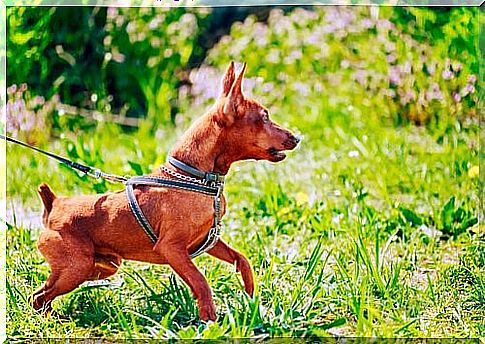
Therefore, you should at least take your dog for a walk in the morning and in the evening. Depending on the breed, this walk should take at least 15 minutes. However, there are also breeds that require a lot more exercise.
In addition, you should also develop your dog’s intelligence. A basic exercise is teaching him to sit down, shake your paw, and so on, and reward him for doing it. But there are numerous other training options.
Education / Professional Training
This method is particularly popular in large cities. Many owners don’t have enough time to exercise their pets. It is therefore important that you seek professional help from trainers and handlers in order to channel your pet’s energy and train them properly.
Never use force
Violence leads to more violence. Therefore, training must be based on positive reinforcement. Never use physical aggression or humiliation as a punishment. Instead, encourage positive behavior with rewards and recognitions.
